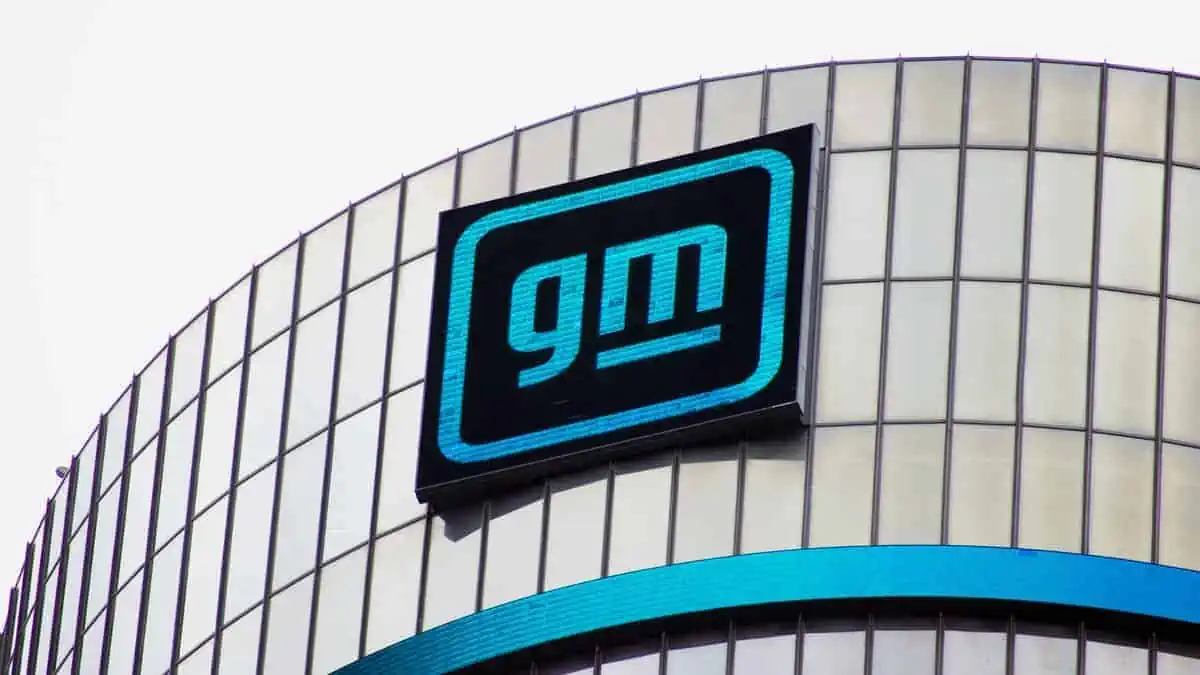The following are the top 20 steps to aid electric vehicle owners in replacing their batteries:
| # | Steps | Descriptions |
| 1 | Assess your needs | Consider if a full battery replacement is necessary or if a repair or upgrade might suffice. Consult a qualified technician for diagnosis. |
| 2 | Research options | Explore various replacement battery options, including genuine manufacturer batteries, aftermarket options, and potential upgrades depending on availability. |
| 3 | Compare costs | Get quotes from authorized dealers, independent repair shops, and aftermarket parts suppliers to compare prices and warranties. |
| 4 | Schedule the replacement | Book an appointment with a qualified technician who specializes in EV battery replacements. Ensure they have the expertise and equipment for your specific model. |
| 5 | Gather necessary information | Provide your vehicle details, chosen battery option, and any relevant diagnostic reports to the technician for accurate planning and pricing. |
| 6 | Backup your data | If applicable, inquire about data backup procedures for any onboard EV systems or features that might be affected during the replacement process. |
| 7 | Prepare your vehicle | Remove personal belongings from the car and follow any pre-service instructions provided by the technician, such as charging the battery to a specific level. |
| 8 | Safely discharge the battery | Authorized technicians will follow specific safety protocols for discharging the high-voltage battery before proceeding with the replacement. |
| 9 | Disconnect and remove the old battery | Trained professionals will carefully disconnect and remove the old battery pack, adhering to safety guidelines and environmental regulations. |
| 10 | Inspect and clean the battery compartment | The technician will inspect the battery compartment for any damage or corrosion and clean it thoroughly before installing the new battery. |
| 11 | Install the new battery | The new battery will be carefully positioned and securely connected following the manufacturer’s specifications. |
| 12 | Reconnect and initialize the battery | The technician will reconnect the battery and perform necessary initialization procedures to ensure proper communication with the vehicle’s systems. |
| 13 | Software updates and calibrations | Depending on the replacement option, software updates or calibrations might be required for optimal performance and compatibility. |
| 14 | Testing and final checks | The technician will conduct thorough diagnostics and test drives to ensure the new battery functions correctly and integrates seamlessly with the vehicle. |
| 15 | Waste disposal | Authorized service providers will handle the disposal of the old battery responsibly, following established recycling or hazardous waste management regulations. |
| 16 | Warranty and documentation | Obtain a warranty certificate for the new battery and any associated services performed, and keep all documentation for future reference. |
| 17 | Post-replacement care | Follow recommended maintenance practices and charging habits to optimize the lifespan and performance of your new EV battery. |
| 18 | Monitor battery health | Stay informed about your battery’s health through onboard diagnostics or consult your service provider for regular checkups. |
| 19 | Consider future upgrades | As battery technology evolves, keep yourself informed about potential future upgrade options for extended range or improved performance. |
| 20 | Enjoy your EV | With a new lease on life for your battery, continue enjoying the sustainable and efficient driving experience your EV offers. |
Please consider this article as guidance not a work-instruction for your EV. Things may differ and one should engage a technician, with licence, for any battery related services.






